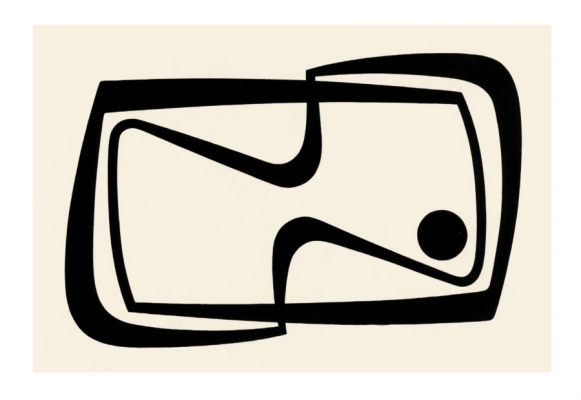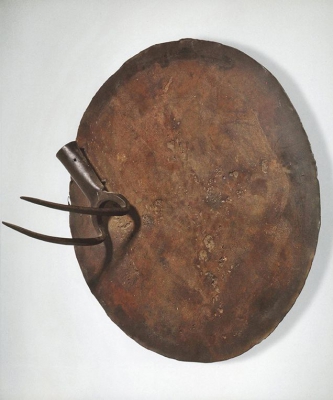Ettore Colla (Parma - Italy, 1896 — Rome - Italy, 1968)
After studying at the Academy of Fine Arts in Parma, Ettore Colla moved to Paris, where he frequented the studios of important artists of the time. In 1926, he moved to Rome and began his activity as a sculptor, initially working in a 20th-century style (Novecento) with archaic suggestions. In 1950, he co-founded the Gruppo Origine with Mario Balocco, Alberto Burri, and Giuseppe Capogrossi. This group expressed the need to refer to primordial nature and engaged in free research, moving beyond contemporary trends. In 1952, Colla founded the magazine Arti Visive, which became a reference point for the Italian art debate for several years. During this period, Colla's expressive medium became reclaimed materials, primarily used iron, which he welded into assemblages, prioritizing the material's form rather than its original function. This approach to objet trouvé made him a key figure in Italian abstraction and informal art.
His large-scale sculpture, La grande spirale (1962), can be admired outside the Galleria Nazionale d'Arte Moderna e Contemporanea in Rome. His works are held in major institutions, including the MoMA in New York and the Tate Gallery in London.


